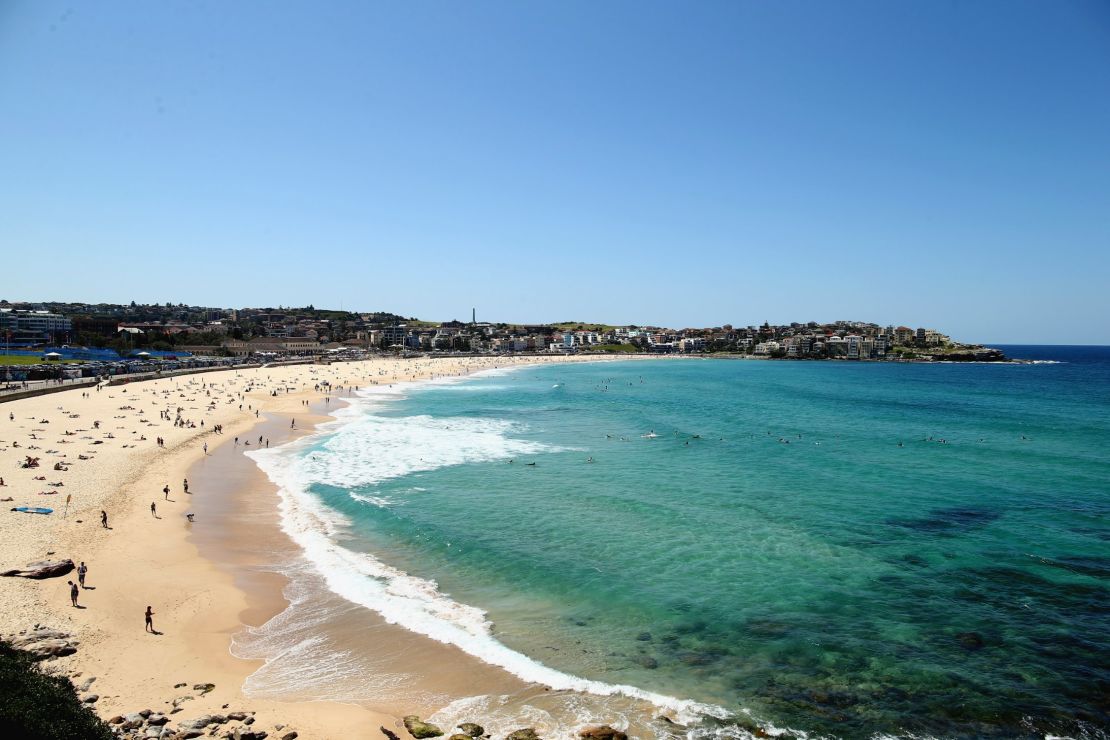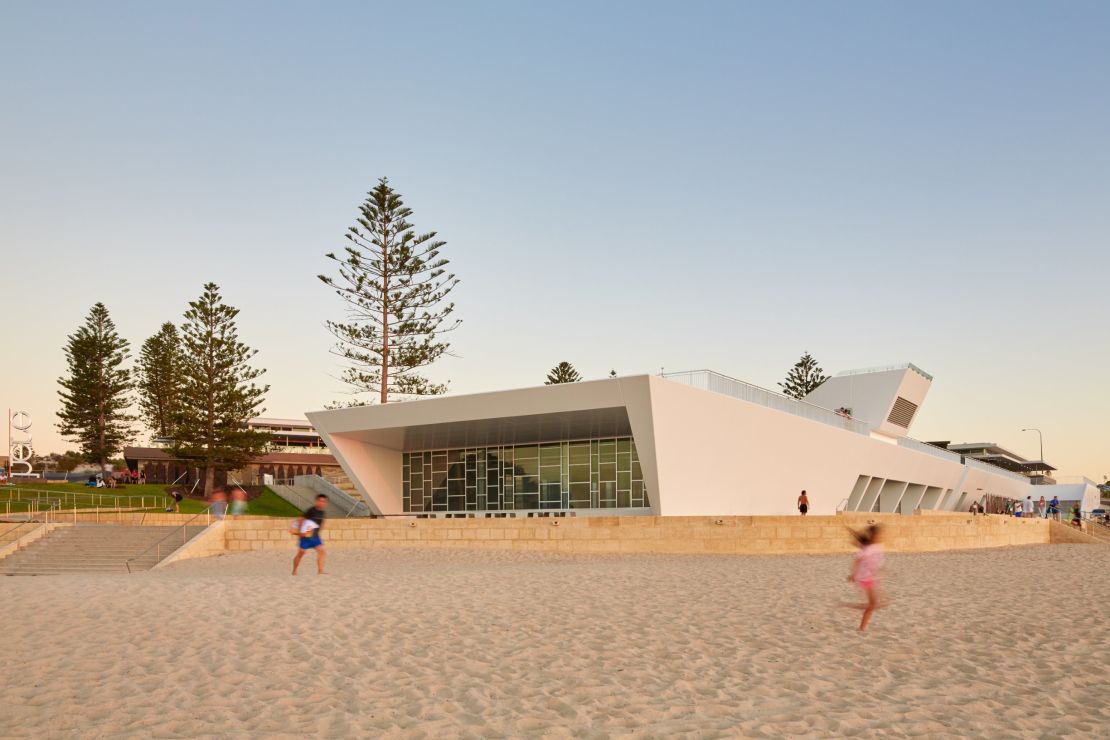Editor’s Note: Peter Colquhoun is a Sydney-based architect, host of Great Australian Sandcastles – a television show that features the best of Australian beach architecture – and a specialist architect presenter on Better Homes and Gardens. Colquhoun, in association with Durbach, Block, Jaggers Architects, received a national Architectural commendation for the new clubhouse at Sydney’s North Bondi.
Story highlights
Australia's surf clubs are some of the most egalitarian -- and beautiful -- architecture in a nation that worships the ocean
The ongoing renovation of these aging "cultural cathedrals" has produced some uniquely spectacular architecture
From my house I can see the waves breaking on Sydney’s iconic Bondi Beach, where people from all walks of life duck and weave between the surf and board riders dance on the water.
Australia’s beaches are the most egalitarian of public spaces and the hundreds of surf life saving clubs that punctuate their shores reflect this community.
These remarkable pieces of national architecture – many of which were built more than a century ago by volunteer labor – save lives, bridge age and social divides and bring communities together through a love of the ocean and a cold beer.
For many Australians surf clubs have become modern day cathedrals at the center of coastal town squares.

But as time and the elements take their toll, a number of these buildings are falling apart, prompting a resurgence in renovation that is bringing fresh life – and beautiful design – to many of these communities by the sea.
Egalitarian life-savers
The Australian surf club is a unique beast. They welcome anyone as a member – as long as they are willing to give up weekends to volunteer, patrolling the local beach and rescuing distressed swimmers from the sea.
North Bondi Surf Life Saving Club, where I have been a member for more than 30 years, is one of the founding clubs in this surf lifesaving movement.
Its illustrious alumni include Olympians, judges, barristers and the current Prime Minister, all of whom rub shoulders with tradesmen, council workers, and even humble architects.
These clubs literally save lives, providing the training and coordination that ensures Australia’s treacherous beaches remain patrolled, and – through the Nippers program – give young Australians the skills and respect for mother nature they need to thrive and survive in the waves.
They also provide a community service by offering amenities for swimmers and surfers, storage for life saving equipment and a place for a drink or meal with your mates.
All done on minimal government funding and a lot of volunteer fundraising.
Voluntary design principals
This voluntary nature of the clubs is critical, and when it came time to re-build North Bondi’s own surf club, it was an issue top of my mind. Our clubhouse also sits on one of the most prominent and expensive pieces of real estate on the east coast of Australia, making the redesign a terrifying prospect for the architectural team we put together.

Given this, we developed five key design principles that every development sketch was weighed against.
First, it had to stay true to its purpose and serve as a house of Australian surf lifesaving with practical, open spaces – and at least one bar. As there was no dominant surrounding architectural style, the design was driven by nature’s ever-changing moods and the natural sweeping curves of Bondi.
The building also needed to be “future proof”, so that it would hopefully stand for 200 years and have a layout that included entertainment areas to provide a stream of income to finance the building into the future.
It also had to be on budget – we were designing this building during the height of the Global Financial Crisis and while surf clubs receive local, state and sometimes federal funding, the majority of rebuild costs were coming from the pockets of its volunteer members.
Lastly, the new building had to have an “X factor”. Given that it sits on one of the most recognized beaches in the world, it had to make a statement.
Rebuilding an icon
The team of architects, engineers and fundraisers that came together for the rebuild all shared a grand vision for the new North Bondi Surf Club, and – like the builders of the original wooden clubhouse constructed at the turn of the 20th century – we all worked on ‘mates’ rates’ or for free.
In this way, the North Bondi redesign is indicative of what makes the rebuilding of Australian surf clubs truly unique.
Great architecture through the ages has usually been the domain of either the church, state or big business in association with philanthropy.

But the rebuilding of many clubs in recent years – and the voluntary fundraising that has helped drive many of them – demonstrates this does not always have to be the case.
Great community architecture can be achieved if necessity demands it.
Given their locations and place in society, Australian surf clubs are the cultural cathedrals of a nation that worships the ocean. Through architecture they should aim to encapsulate the age and imbue the egalitarian spirit of Australia.
Scroll through the gallery above for some of Colquhoun’s favorite surf club designs.



























